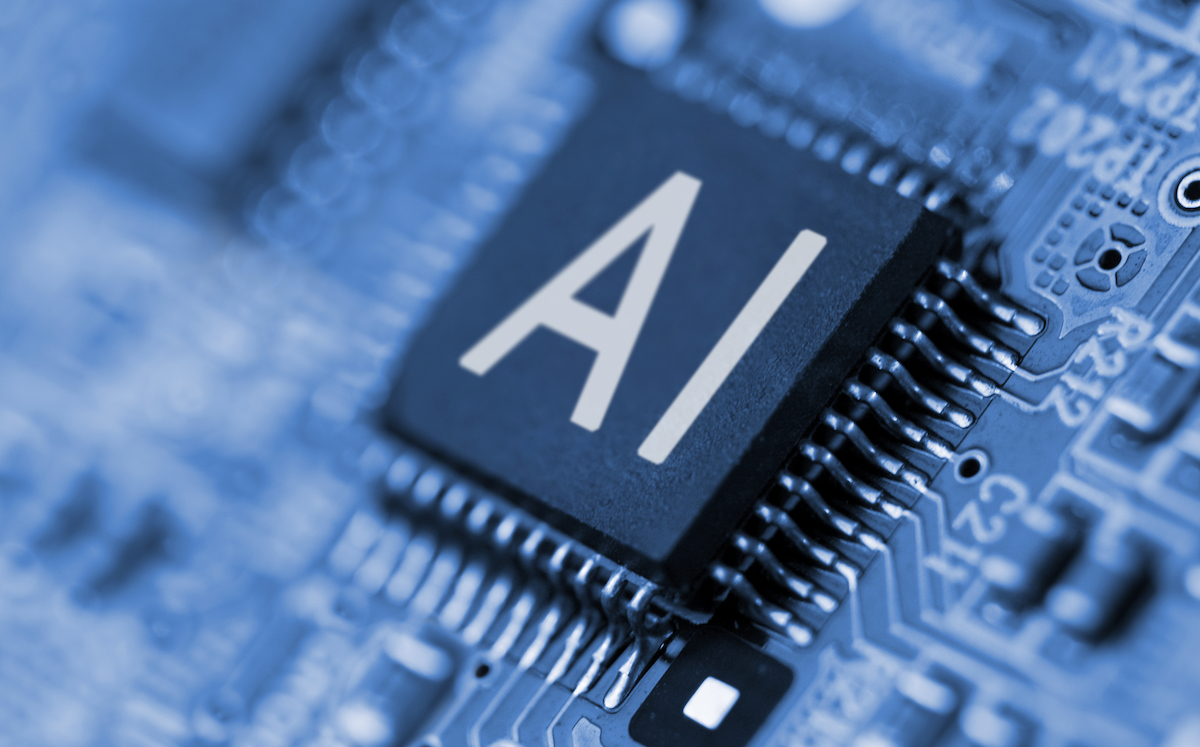10 Insiders on Generative AI’s Impact Across the Enterprise

When it comes to generative artificial intelligence (AI), it isn’t the sky that is falling.
It’s the operational landscape that’s being reshaped.
That’s because AI doesn’t replace labor, according to some business leaders; it transforms how work is organized — and the technology already provides enterprises of all sizes change-the-game utility right now, with no need to wait for a future tomorrow.
Firms increasingly exist at the whitespace intersection of the commercialization of AI tools and the innovation-readiness of enterprise technical architecture.
Professionals at some organizations say the sweeping digitization of the business ecosystem, punctuated by the pandemic, has already equipped them with the bleeding edge infrastructure they need to activate AI’s value-add capabilities by giving them the ability to gather, process and scale insights via a flywheel of data-powered solutions.
The learning capabilities of modern AI have reached the technical tipping point where today’s algorithms can transform these large datasets into projects that augment, enhance and revolutionize business processes, some managers argue.
After all, business success and competitive advantage in the 21st century frequently boil down to the ability to access and leverage best-in-class data.
Read also: How AI Co-Pilots Can Future-Proof the CFO Office
What the Experts Are Saying
The business landscape is starting to leave behind the “Wave One” of AI platforms pre-trained on public data and beginning to enter what Jason Verlen, senior vice president at CCC Intelligent Solutions, referred to as “Wave Two.”
“Wave Two is where organizations take control, using generative AI on their own in-house data to solve narrower problems with domain-specific, secure and high-provenance data,” he told PYMNTS earlier this month.
“A lot of what’s being done with large language models can actually go much further — not just improving performance but unlocking new business use-cases [and even new businesses],” he added.
As PYMNTS has reported, at the center of many business use concerns around the integration of generative AI solutions lie ongoing questions around the integrity of data and information fed to the AI models, as well as the provenance and security of those data inputs.
“Training data is the major bottleneck holding back AI…,” Erik Duhaime, co-founder and CEO of Centaur Labs, told PYMNTS in May.
“The algorithm is only as good as the data that it’s trained on,” he added. “And you can’t have that algorithm failing.”
But by using wholly-owned company data whose provenance is never in question to power internal AI engines, businesses can leverage the technology’s generative capabilities to come up with insights and advantages unique to them that are impossible for competitors to replicate.
“Data is foundational to building the models, training the AI,” Michael Haney, head of Cyberbank Digital Core at Galileo, the sister company of Technisys, told PYMNTS in March. “The quality and integrity of that data is important.”
See also: Preparing for A Generative AI World
AI tools now advance in days and weeks, but behind the flywheel effect of generative AI’s rapid socialization across the marketplace is a long history of experimentation, research and investment.
“Things are doubling every few weeks, two months,” Patrick Murphy, founder and CEO at Togal.AI, told PYMNTS in April about advances in generative AI’s commercial applications.
“This didn’t happen overnight,” Amir Wain, CEO and Chairman at i2c, told PYMNTS earlier this month. “There’s been a lot of work going on in AI, and now the product is at a stage where it can be deployed commercially across various applications.”
As it relates to the technology’s most promising commercial applications, Wain explained to PYMNTS that “compliance is a sweet spot … by leveraging generative AI capabilities, businesses can both reduce the cost of ensuring compliance and increase the quality of compliance.”
Broadly speaking, AI will serve to augment labor-intensive workflows by making them smarter, more productive and increasingly optimized.
“Generative AI can essentially retrain the old AI and machine learning models, [giving it a] really interesting trajectory when it comes to payments,” Tom Randklev, global head of product at Cellpoint Digital, told PYMNTS in May.
“[Generative AI will impact] everything from identity verification to nontraditional credit scoring…” he added.
Other examples of where the technology can have a right-now impact include automating billing and accounting reconciliations, updating customer relationship management (CRM) and enterprise resource planning (ERP) systems in real time without the need for manual intervention, and extracting information from legal and contractual documents using natural language processing (NLP).
“No matter the ways and means in which AI is being harnessed, it’s incumbent on firms to mull how they can enhance value rather than just chase a trend,” Shaunt Sarkissian, founder and CEO of AI-ID, told PYMNTS in May.
Read also: Generative vs Predictive AI’s Role Across the Future of Payments
The Ying and Yang of AI’s Revolutionary Applications
Technological advances are often slow and complex, but the new types of fraud that come with those technological advances can be the opposite of that — fast and simple.
“There’s a beautiful upside [to generative AI] that can reduce cost and drive much better customer experience,” Gerhard Oosthuizen, chief technology officer of Entersekt, told PYMNTS in February. “Unfortunately, there is also a darker side. People are already using ChatGPT and generative AI to write phishing emails, to create fake personas and synthetic IDs.”
Doriel Abrahams, head of risk at Forter, agreed. Abrahams told PYMNTS in May that while organizations can leverage AI and machine learning (ML) tools to train anti-fraud models and establish robust controls, “fraudsters can do the same.”
“Fraudsters, as a general rule of thumb, tend to be very sophisticated,” he explained.
Abrahams said that in just a few minutes, he coaxed an AI tool into developing a software code that could generate hundreds of thousands of fake credit card numbers in an instant.
On the other hand, Maik Taro Wehmeyer, co-founder and CEO at Taktile, told PYMNTS in May that AI’s ability to create synthetic data in the blink of an eye can also serve as a positive.
“[T]he ability to create synthetic populations with generative AI is so powerful — you just task the model with creating similar sets based on custom variables, and it allows you to launch much safer in a more robust fashion than you could in the past,” he said.
The experts that PYMNTS has interviewed consistently emphasized that AI should be viewed as a way to augment and enhance, not replace, the work done by employees. There will always be the need to verify AI-driven outputs by keeping a human in the loop.

